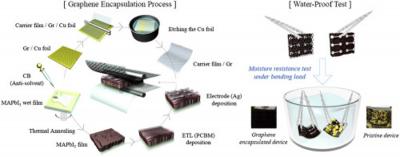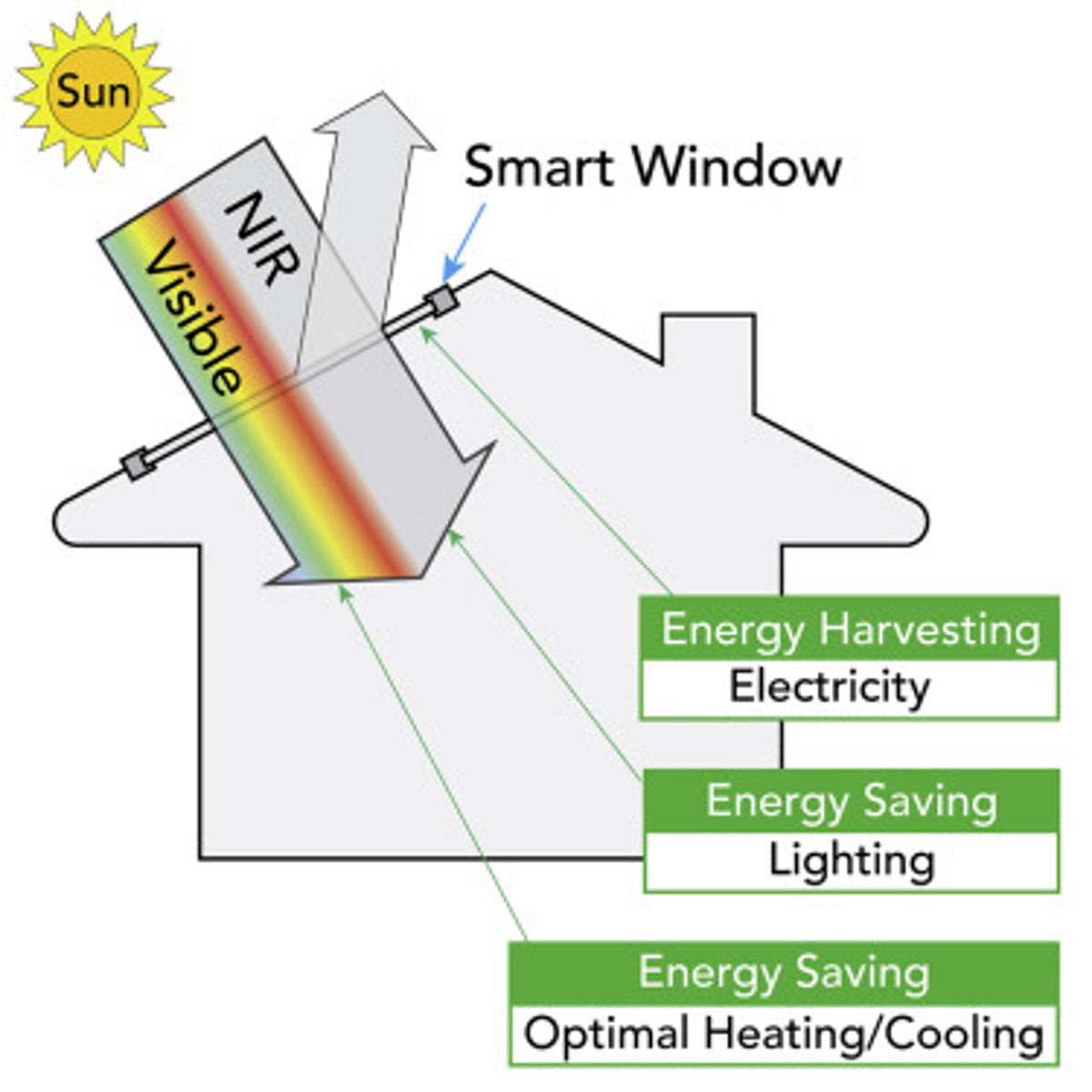Korean team designs a new kind of liquid scintillator via hybridizing perovskite nanocrystals with organic molecules
A team of scientists, led by Professors Hyunsik Im, Hyungsang Kim and Jungwon Kwak from Dongguk University and Asan Medical Center in Korea,have developed perovskite metal halide nanocrystals based hybrid materials with high quantum yields for efficient X-ray detection and high-resolution X-ray imaging.
Using the hybrid nanomaterial scintillators, they designed a scalable and cost-effective X-ray detector panel in liquid form. The hybrid nanomaterial scintillator works under X-ray irradiation typically employed in both diagnosis and treatment. More interestingly, the hybrid scintillator has a faster scintillation decay process over the conventional scintillators, which is beneficial for digital motion X-ray. The reported method and scintillation mechanism will be extended to enhance the quantum yield of various types of scintillators, enabling low-dose radiation detection in various fields including fundamental science and imaging.




